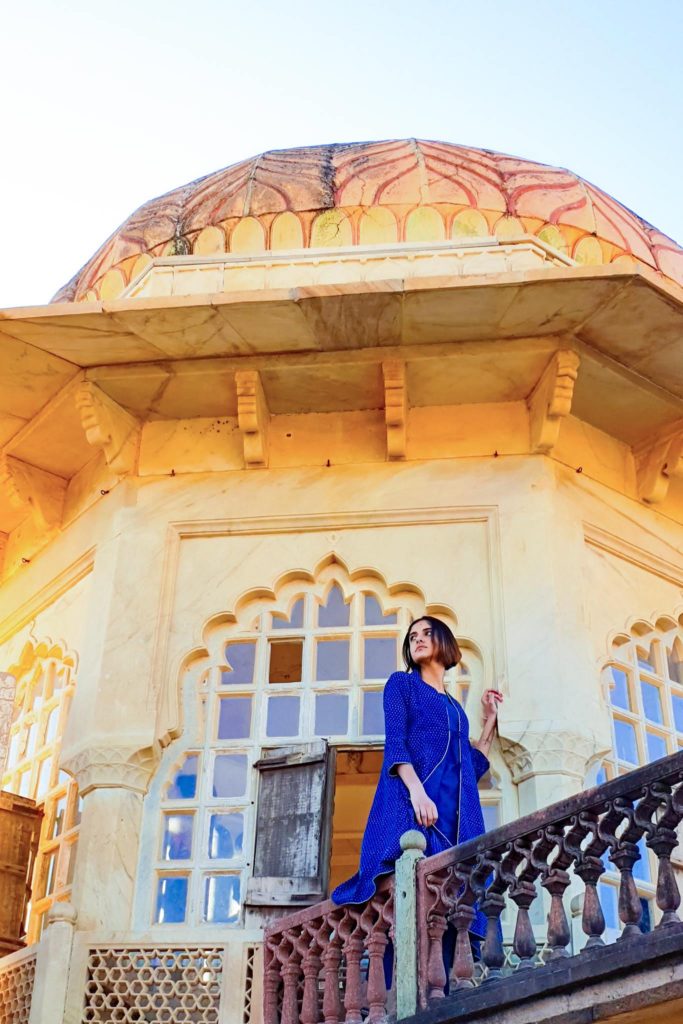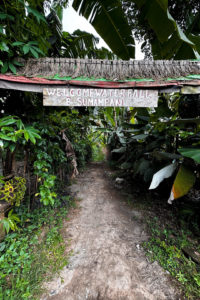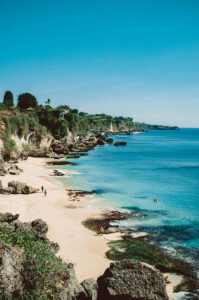The 3 famous forts in Jaipur known for their grandeur are Amer, Jaigarh and Nahargarh. These forts are some of the most stunning historical sites in Jaipur. Rajasthan is known for its stunning, larger than life palaces built by kings that spared no expense for luxury and beauty. These 3 forts in Jaipur are the perfect example of that wealth that flowed through the kingdom.
Looking for other historical places in Jaipur?
Amer Fort


Rising up in the background of Lake Maota with all the pride and grandeur of the kings that ruled Jaipur is Amer Fort. The settlement at Amer was founded by Raja Alan Singh, one of the Meena kings in 967 CE. Raja Man Singh, the Kachwaha King of Amer erected the grand structure on the remnants of the old fort used by the earlier kings. Today Amer Fort is the most visited out of the 3 forts in Jaipur.
The setting and architecture of Amer Fort is typical of forts in Jaipur. The main gate called Suraj Pol is where the elephants would carry the king during the monarchic rule. Nowadays it’s a widespread sentiment not to ride the elephants at the entrance because they aren’t treated properly.
The main square is the Jaleb Chowk where your adventure into the fort begins. The wide staircase from Jaleb Chowk takes you to the Diwan-e-Aam, the Hall of Public Audience. This platform has a bird’s eye view of Jaipur. Throngs of people are bound to be lined up near the gate here to get a picture against the gorgeous colors.
The Sheesh Mahal and Sukh Niwas are two other structures that are stunning. The Sheesh Mahal is built with a million mirrors and reflects the stars at night. Across the lush garden to the other side of the courtyard is the Sukh Niwas where the kings and queens relaxed. Forts in Jaipur usually contained lavish accommodations for the royals.

My favorite thing about the place are the women’s quarters at the back. These are a series of corridors and mazes that run through the back. It was so much fun exploring these with my cousin. Some of my best pictures from Amer Fort are also from this area!
If you didn’t know, there is a secret tunnel that leads from Amer Fort to Jaigarh Fort. This was built for the royal family in case they were under attack and needed to escape.
After we were done exploring we decided to check out this tunnel. The tunnel starts underground in a cave full of bats and slowly sneaky up to the surface. You will emerge onto an unbricked trail about half a kilometer after the start and the hike takes you all the way to our next candidate – Jaigarh fort!
Opening time : 9.30am
Closing time : 4.30pm
Best Time to Visit : October to February
Photography allowed or not : Yes
Entry Fee & Photography charges : Yes
Jaigarh Fort


Looking at Jaigarh you can immediately make out why the fort is called the “Fort of Victory”. This fort in Jaipur t is built for war and optimized for maximum protection. It was built in 1726 by Jai Singh II as a more secure fort in contrast to Amer Fort which it overlooks from its strategic place atop Cheetal Hill.
If the royal family was attacked at Amer Fort they would use a secret tunnel that leads to a gorgeous hike above the fort all the way to Jaigarh Fort. I trekked this route with my 9 year old cousin and he was very happy to do it with me.
Forts in Jaipur were built to be the first defense if the city was attacked and tended to be self-sufficient. The granaries, water reserves and storage systems are a few examples of how Jaigarh was constructed to be self-sufficient.

These days the fort is popular for having the largest canon in India, Jaivana. But if you wander into the fort a little more you will find it strangely deserted. Turns out most people don’t really care for the architecture beyond the canon.
A lone security guard, presumably to take a break from protecting the almost empty fort at midday took us on a tour of the fort in return for some tips. We went around the large courtyard which served as the granary and looked at the mechanisms set up to crush the grains to make flour.
After giving the guard a hefty tip for his mini tour we wandered around the fort which surprisingly is bigger than it looks. One of the interesting parts of the fort are the finally carved stone lattice windows which would give the soldiers a complete view of Amer Fort below but no enemy could see where the soldiers were located. We managed to find one of them and indeed the architecture does allow soldiers extra protection from arrows shot from below.
Jaigarh is one of the most beautiful forts in Jaipur. It is rumored that the hidden Kachwaha treasures are somewhere on these grounds. The fort certainly is very intriguing and lovely to explore.
Opening time: 9.30am
Closing time: 4.30pm
Best Time to Visit: October – March
Photography allowed or not: Yes
Entry Fee and Photography charges: Yes
Nahargarh Fort


Standing strategically atop the highest peak in the Aravalli Hills near Jaipur is the majestic Nahargarh Fort. Nahargarh or ‘Abode of the tigers’ was the summer retreat of the Kings of Jaipur. The fort is built in the Indo-European style of architecture with fresco paintings, scalloped archways and domed ceilings. This is one of the most gorgeous forts in Jaipur, known for it’s sunset views.
The local legend tells of the time when the fort was under construction and the spirit of the Rathore Prince, Nahar Singh Bhomia kept causing mischief. The King ultimately had to consult with his priests and built a temple in honor of the prince to appease him which still stands today.
The gorgeous Madhavendra Palace was built for the king and his nine wives. It has nine suites connected in a way that none of the other wives could see which wife the king chose to visit. There are many other structures within the boundaries of the fort.
There is a temple dedicated to the deity of Jaipur monarchs, a temple dedicated to Prince Nahar Singh Bhomia, the famed Madhavendra Palace and Diwas-I-Aam which is an open enclosure for the public to seek audience with the king.

Out of the forts in Jaipur, Nahargarh has the best photography spots. My favorite thing about Nahargarh Fort is the 13 kilometer long wall that runs around along the ridge before connecting to Jaigarh Fort. You can walk alongside it and in some places it gets pretty wild and you can’t see or hear people at the fort.
If you climb atop the wall you can see the entire city of Jaipur below. This makes for some stunning compositions if you are interested in photography like me. We ended up walking for a couple kilometers and got to this domed structure overlooking a cliff which was pretty cool to shoot at.
Nahargarh is quite a large fort and I ended up walking from place to place. It also tends to get hot and sunny on top of the hill mid morning so definitely keep yourself hydrated lest you get sick miles from anyone else. The best way to enjoy Nahargarh is to have dinner at the rooftop restaurant of Madhavendra Palace while the city below lights up pink at sunset.
If you are a trekker like me then this Nahargarh Water Walk is a great way to see the area.
Opening time: 9.30am
Closing time: 4.30pm
Best Time to Visit: October to February
Photography allowed or not: Yes
Entry Fee & Photography charges: Yes
A great way to see all these forts in Jaipur is to book walking tours through reputable companies so you won’t have to haggle with the tour guides at the ticket booths. Forts in Jaipur are some of the finest examples of the Rajput architecture found in Rajasthan. Though a lot of other smaller forts are spread around the area, Amer, Jaigarh and Nahargarh are the grandest out of all the forts in Jaipur.



